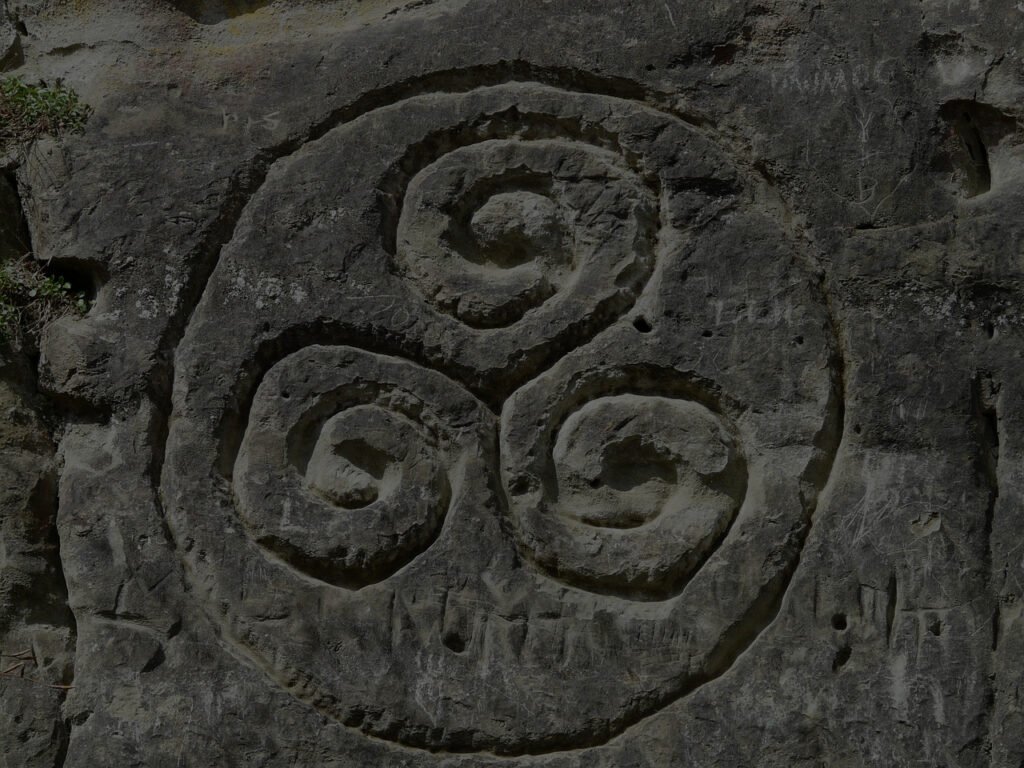Sunday afternoon in Alameda Park is a dreamscape of tranquility and whimsy, where the sun filters through the trees casting dappled shadows on the lush green grass. This idyllic setting has long been a source of inspiration for artists and dreamers alike, each finding their own meaning and symbolism within its serene confines.
For some, this park represents a sanctuary of peace and solitude, a place to escape from the chaos of daily life and reconnect with nature. The leisurely pace of a Sunday afternoon here allows for introspection and reflection, offering a moment of respite from the demands of the outside world.
Others see Alameda Park as a symbol of community and togetherness, a gathering place where friends and families come together to enjoy picnics, games, and leisurely strolls. The laughter and chatter of visitors fill the air, creating a joyful atmosphere that speaks to the park’s role as a social hub.
In the dream of a Sunday afternoon in Alameda Park, the possibilities are endless and the meanings infinite. It is a place where dreams can take flight and where the symbolism of nature and humanity intertwine in perfect harmony.
Dream Of A Sunday Afternoon In Alameda Park Symbolism
Dream of a Sunday Afternoon in Alameda Park is a famous painting by Mexican artist Diego Rivera, completed in 1947. The painting is rich in symbolism, reflecting Rivera’s influences from Mexican culture and history. The significance of the symbols in this painting can be explored through various lenses, including psychology, mythology, and cultural beliefs.
One of the central symbols in the painting is the figure of the artist himself, sitting at the center of the composition. Rivera often included self-portraits in his work, symbolizing the artist’s presence and perspective in the artwork. In the context of dreams, the artist represent the dreamer’s own creativity and imagination. The act of creating art in a dream can symbolize a desire for self-expression or a need to explore one’s inner thoughts and emotions.
The figures surrounding the artist in the painting are drawn from Mexican history and mythology, such as revolutionary figures like Emiliano Zapata and historical figures like Porfirio Diaz. These figures represent different aspects of Mexican culture and history, serving as symbols of national identity and pride. In dreams, the presence of historical or mythological figures can represent a connection to one’s cultural heritage and roots, or a desire to understand and explore the past.
The animals in the painting, such as the monkey and the dog, also carry symbolic meaning. In mythology, animals are often seen as representations of primal instincts or unconscious thoughts. The monkey, for example, can symbolize playfulness, curiosity, or mischief, while the dog represent loyalty, protection, or instincts. In dreams, animals can symbolize different aspects of the dreamer’s personality or emotions, offering insights into the unconscious mind.
The trees and plants in the painting, with their vibrant colors and organic shapes, symbolize growth, renewal, and connection to nature. In psychology, nature is often seen as a symbol of the unconscious mind, with trees representing growth and branches reaching out to new possibilities. In dreams, trees can symbolize personal growth, transformation, or a desire to connect with one’s inner self.
The vibrant colors and patterns in the painting also carry symbolic meaning. In Mexican culture, bright colors are often associated with joy, celebration, and vitality. In dreams, colors can symbolize different emotions or states of mind – for example, red can represent passion or anger, while blue symbolize calmness or tranquility. The patterns in the painting, such as the intricate designs on the dresses of the figures, can also carry symbolic meaning, reflecting the complexity and beauty of the human experience.
Overall, Dream of a Sunday Afternoon in Alameda Park is a richly symbolic painting that reflects Rivera’s artistic vision and his deep connection to Mexican culture. The symbols in the painting can be interpreted through various lenses, offering insights into the human psyche, mythology, and cultural beliefs. In dreams, these symbols can represent different aspects of the dreamer’s inner world, providing a window into their subconscious thoughts and emotions.
Dream Of A Sunday Afternoon In Alameda Park Interpretation
Dream Of A Sunday Afternoon In Alameda Park by Diego Rivera is a rich and complex painting that offers a glimpse into the dreamer’s subconscious mind. The dream content of the painting features various figures and scenes, including a couple taking a leisurely stroll, a group of children playing, and a vendor selling ice cream. The dreamer appears to be observing these scenes from a distance, perhaps feeling disconnected or detached from the activities unfolding in the dream.
The themes of relaxation, leisure, and community are prominent in the dream, suggesting that the dreamer be seeking a sense of peace and harmony in their waking life. The serene setting of Alameda Park serves as a refuge from the chaos and stress of everyday life, offering the dreamer a moment of respite and contemplation.
The emotions depicted in the dream are mostly positive, with a sense of nostalgia and longing for simpler times. The dreamer be yearning for a sense of innocence and joy that they feel is missing in their current life. The actions of the figures in the dream, such as walking arm in arm or laughing together, convey a sense of connection and camaraderie that the dreamer be longing for in their waking life.
The setting of Alameda Park holds significant cultural symbolism, as it is a historic park in Mexico City known for its beauty and tranquility. The dreamer’s choice to set the dream in this particular location reflect a desire to connect with their Mexican heritage or to find solace in familiar surroundings.
Overall, Dream Of A Sunday Afternoon In Alameda Park conveys a sense of yearning for connection, community, and simplicity. The dreamer be struggling to find balance in their waking life and seeking a sense of peace and fulfillment. By exploring the emotions, themes, and symbols present in the dream, the dreamer gain insight into their own desires and needs, leading to a deeper understanding of themselves and their current circumstances.
Dealing Tips For Dream Of A Sunday Afternoon In Alameda Park
Dreaming of a Sunday Afternoon in Alameda Park can evoke a range of emotions and challenges for individuals. Some common challenges related to this dream may include feelings of nostalgia or longing for a past experience, confusion about the symbolism or meaning of the dream, or difficulty reconciling the dream with current emotions or circumstances.
One strategy for managing these challenges effectively is to explore the emotions and memories that the dream brings up. Try journaling about the dream, writing down any significant details or feelings that arise during the process. This can help you gain a better understanding of the underlying emotions and themes at play in the dream.
Another strategy is to seek support from a therapist or counselor. Talking through your dream with a trained professional can provide valuable insights and help you process any lingering emotions or concerns. A therapist can also help you explore the symbolism of the dream and how it may relate to your current life circumstances.
It can also be helpful to engage in self-care activities that promote relaxation and stress relief. This could include practicing mindfulness, meditation, or other relaxation techniques to help calm the mind and body. Engaging in activities that bring you joy and fulfillment can also help you cope with the emotions stirred up by the dream.
If you are feeling overwhelmed or distressed by the dream, it’s important to remember that dreams are a natural part of the human experience and are not necessarily indicative of reality. It can be reassuring to remind yourself that dreams are a way for the subconscious mind to process emotions and experiences, and that they can offer valuable insights into our inner world.
In conclusion, if you are grappling with challenges related to dreaming of a Sunday Afternoon in Alameda Park, know that you are not alone. By exploring your emotions, seeking support from a therapist, practicing self-care, and reminding yourself of the nature of dreams, you can navigate these challenges effectively and find meaning and insight in the dream experience.
FAQ For Dream Of A Sunday Afternoon In Alameda Park
1. What is the significance of the title “Dream Of A Sunday Afternoon In Alameda Park”?
The title “Dream Of A Sunday Afternoon In Alameda Park” refers to a famous mural painted by Mexican artist Diego Rivera. The mural depicts various scenes of Mexican culture and society, including leisure activities in a park on a Sunday afternoon.
2. What is the theme or message conveyed in the mural “Dream Of A Sunday Afternoon In Alameda Park”?
The mural explores themes of Mexican identity, history, and society. It celebrates the cultural diversity and rich heritage of Mexico, while also highlighting social and political issues such as inequality and discrimination.
3. What is the history behind the creation of the mural “Dream Of A Sunday Afternoon In Alameda Park”?
Diego Rivera painted the mural in 1947 as a commission for the Hotel Prado in Mexico City. The mural was inspired by the artist’s own experiences and observations of Mexican society, as well as his interest in showcasing Mexican culture and history.
4. Where can the mural “Dream Of A Sunday Afternoon In Alameda Park” be viewed today?
The mural “Dream Of A Sunday Afternoon In Alameda Park” can be viewed at the Museo Mural Diego Rivera in Mexico City. The museum is located near the original location of the Hotel Prado, where the mural was originally painted.
















